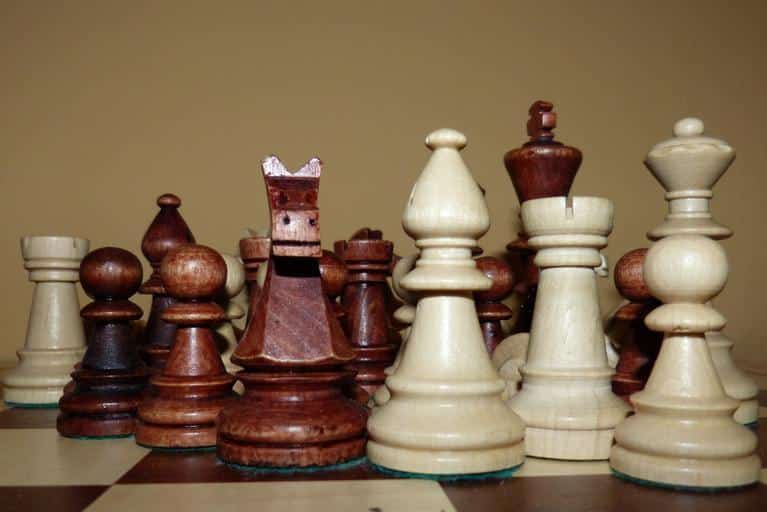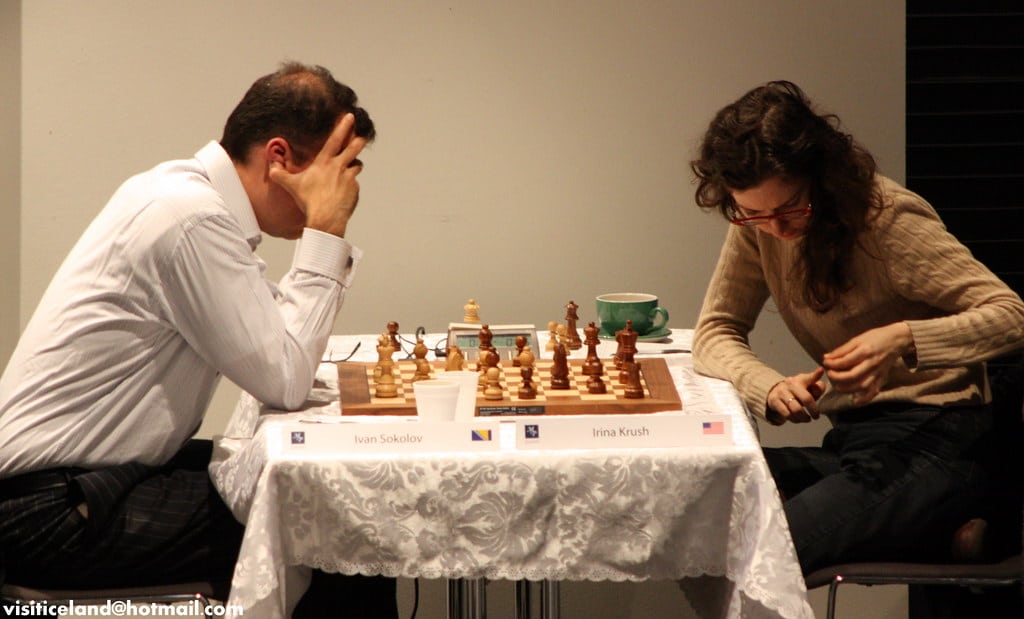Table of Contents
What is the FIDE rating or ELO rating?
For the new blood in the chess community, there is always a question that makes doubt beginners. How to get FIDE rating, or even what it is and how it works.
It’s a chess term that is pretty commonly used because it is so important for any serious chess player. It is an approximation of any player’s chess level, it is used for ranking and matchmaking.
The way ELO rating (FIDE rating is the same) is simple, if you win a game you win FIDE rating, if you lose, you lose FIDE rating, that’s it. Of course, winning competitions in the first place, or achieving places does not increase your rating, only the games.
The ELO rating is controlled and calculated by FIDE, which is the international world federation of chess. There are also national federations.
The federations are responsible for registering the results of every tournament in the world and change official every player’s rating. Everyone can have FIDE rating, there are few requirements the person has to meet.
How to get a FIDE rating for the first time?

The way to achieve a FIDE rating is to participate in chess competitions. But the tournament you compete in has to be a FIDE-approved competition.
Meaning that the tournament needs to follow the official FIDE rules, and needs to be approved by the federation, depending on the level. Normally, the tournament organizers get in touch with the federation to arrange a FIDE-approved tournament.
The tournament needs to meet the following requirements to be officially considered as FIDE approved:
- An officially FIDE arbiter needs to be present during the tournament
- The tournament’s time control needs to follow the official rules established by FIDE
- The results of every player need to be sent for the federation to check them and give the results
Once you are in a chess competition that meets all of these requirements, you just need to play. You need to play a certain amount of games (3 or 4 games) and have played rated players.
After you meet these requirements you will need to wait for FIDE to check and charge your results to their official rating. You will be assigned a “player ID” and a FIDE rating following your performance.
How to check your FIDE rating
FIDE rating can be consulted through the official FIDE page by introducing your ID. You can also check it out on the chessresults.com webpage by doing the same thing.
You can know how the ELO rating works by looking up the official FIDE rules to ELO calculation. Your rating will not be immediately changed every time you play a tournament; you will first have to wait for FIDE to process the results of that tournament.
You will earn a FIDE rating once these results are processed by FIDE, they follow some important aspects to increase or decrease your rating.
It will depend on your opponent’s rating, your performance, and your wins’ streak if the player you played is titled or not. All of these factors will be considered to increase or decrease your official rating.
The rule is applied just like this, it doesn’t even matter your result, let’s give you an example.
The average rating winning rate is 5 to 15 points, depending on the factors we mentioned before. Say, if you beat a player rated 800 ELO rating points over you, you will likely win like 60 points right away.
And if you were defeated with an ELO rating greatly minor to yours you will surely lose a lot of points. This is just an overview of how FIDE rating works, check out the FIDE formula of ELO calculation used by FIDE.
What is the ELO rating useful for?

The FIDE rating works mainly as a way to measure every player’s strength depending on their performance. Having a high FIDE rating will give an idea of the chess level you have.
It’s important because you will be paired to play against a player who has a FIDE rating similar to yours. This is a good way to keep the competition balanced and pair the players with others with similar strength.
Although it was created with that purpose, it is not exaggerated to say that is not accurate. Your chess strength can’t be just measured by a number, because there are plenty of factors that affect your game, even the emotional status.
This is the reason why there is something called “FIDE rating performance”. The rating performance is a numerical approximation that determines your performance in a tournament.
Probably a player who has a 1700 ELO rating, but his performance in a tournament was over 2200 FIDE rating.
To make it simple, FIDE arbiters analyze your games and say “hey, this player has a 1700 rating, but he played as a grandmaster here!”
That is what the rating performance aims for, give a more “real” idea of the chess level or performance of a player. Of course, it is not precise either, but rules are rules and are necessary, so this is the system FIDE has to measure the players’ strength.
What are the advantages of having a high/low FIDE rating?

Having a certain ELO rating is something important for your chess, depending on what you are aiming for. I will suppose that if you are here reading this, you are interested in increasing your FIDE rating.
Having a high FIDE rating can give you incredible advantages, we will mention the most important of them:
- You can get invitations to certain tournaments of some renown, or popular for having a certain level
- A certain amount of ELO rating is required to achieve chess titles (FM/IM/GM)
- It will give you renown
Having a certain amount of ELO rating is the way to put yourself on the “FIDE radar” to make them take you into account. This is the way you go from an amateur player to a professional player.
You may also like:
The Chinese Grandmaster Ding Liren






